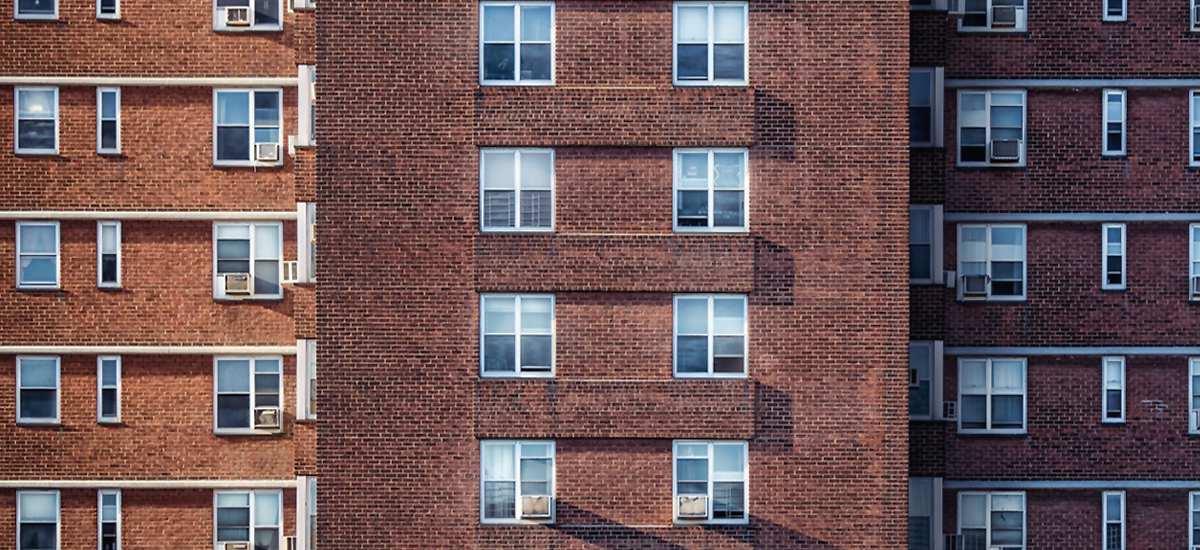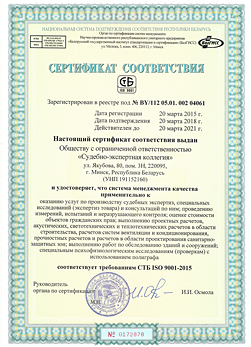The Forensic expert kollegium carries out all types of acoustic measurements.
With the growth of progress, the densification of urban development, the introduction of new equipment, such a physical factor as noise is becoming increasingly important for citizens every year.
When a person is exposed to elevated sound levels, depending on the intensity and duration, shifts in the functional state of individual organs and systems, pathological changes in the central nervous and cardiovascular systems and the organ of hearing may occur. In this regard, noise is a hygienically regulated physical factor.
The noise levels created in residential buildings are of greatest importance, since people spend most of their time at home. The noise of residential premises consists of penetrating street noise, neighborhood noise, noise from the sanitary and engineering equipment of the house and its own internal noise. The predominance of one or another type of noise in an apartment depends on its location, the layout of the house and apartment, the nature of the occupancy, the sound insulation of enclosing structures, the correct installation of equipment, etc. However, the main type of noise in most houses located frontally along highways is penetrating street noise that reaches very high levels. When a block of houses is located on city highways, the average noise levels in it will be the highest - about 75 dB. In a block located on a regional highway, the average noise level is 70 dB. In the block adjacent to the local street, the sound pressure level is the lowest - 60 dB. The internal noise associated with the activities of the people is on average 60-65 dB. However, some noise sources produce higher levels. Thus, the unloading of goods and loading of containers at stores is accompanied by noise up to 85 dB, the operation of a garbage collection machine - up to 90 dB. Children's playgrounds and sports fields create noise levels of up to 95 dB with a broadband spectrum.
In addition, residential buildings currently may have up to 30 types of different equipment, which receives numerous complaints from residents. Noise levels from built-in heating boiler rooms in residential premises reach 50-55 dB. Placing laundries in residential buildings leads to an increase in noise in the apartments up to 55-60 dB. Retail and catering establishments can create increased noise levels of 50-60 dB in adjacent apartments. The sources of noise here are refrigeration equipment units, lifting equipment, ventilation systems, meat grinders, vegetable peelers, etc. In some cases, residential buildings contain small industrial enterprises such as repair, carpentry, metalworking shops, consumer service plants, where noise sources can be various machines and equipment.
In residential buildings, noise is transmitted in various ways. One of the possible ways of propagation of sounds is all sorts of leaks and cracks that form at the junctions of prefabricated parts of a modern residential building or at the junctions of various elements of enclosing structures (partitions with walls and floors, doors with frames and floors, etc.). Most often, noise penetrates residential premises through partitions, interfloor ceilings, and windows due to their low sound insulation. The lighter the fence, the less sound insulation there is. Low-frequency sounds are transmitted through fences less attenuated than high-frequency sounds. An equally important way is the transmission of sounds directly through structures. The intensity of sound transmission depends on the attenuation of sound in the materials from which these structures are made. The denser the material, the faster and more intensely sounds are transmitted through it. Steel and reinforced concrete structures, widely used in modern construction, have high sound conductivity. Sources of noise from plumbing and engineering equipment in a building can be air conditioning units, fan and pump units, water supply and sewer networks, garbage chutes, elevators, etc.
According to the distribution paths, noise control should be carried out in different ways:
- when transmitted by air - by noise reduction through the use of soundproofing linings of air ducts or special noise suppressors;
- when transmitted through fences - sound insulation through the use of heavy and dense materials;
- when transmitted through structures - vibration isolation or vibration absorption by elastic materials with high internal friction.
In some cases, noise in buildings causes constant discomfort to people in the premises, while it is not possible to determine the source of the noise using standard measurement methods due to its non-obviousness. Of particular concern to residents are noises in a relatively narrow frequency range with a geometric mean frequency of 1000 Hz (the most sensitive area for noise perception), as well as in the lower and upper parts of the spectrum on the verge of audibility. It should be taken into account that the perception of the hearing threshold for each person is purely individual, and noises beyond audibility cause no less discomfort than noises perceived by humans as sound. For this reason, housing maintenance services, with all their desire, cannot help the owners of premises who contact them without the involvement of an expert in the field of acoustics organization.
The Forensic expert kollegium has significant long-term experience in identifying the source of noise, the nature of which cannot be determined either by housing maintenance services or by people permanently living or working in the premises.
You can order acoustic measurements and source of noise determining from the Forensic expert kollegium at: Minsk, Zhukovskaga St., 11A, 4th floor
or by phone +375 (17) 317 04 71; +375 (17) 317 04 72; +375 (17) 317 04 73; +375 (17) 317 04 74; +375 (17) 317 04 76; +375 (29) 198 60 11; +375 (44) 588 60 11
© A.Kazak




















